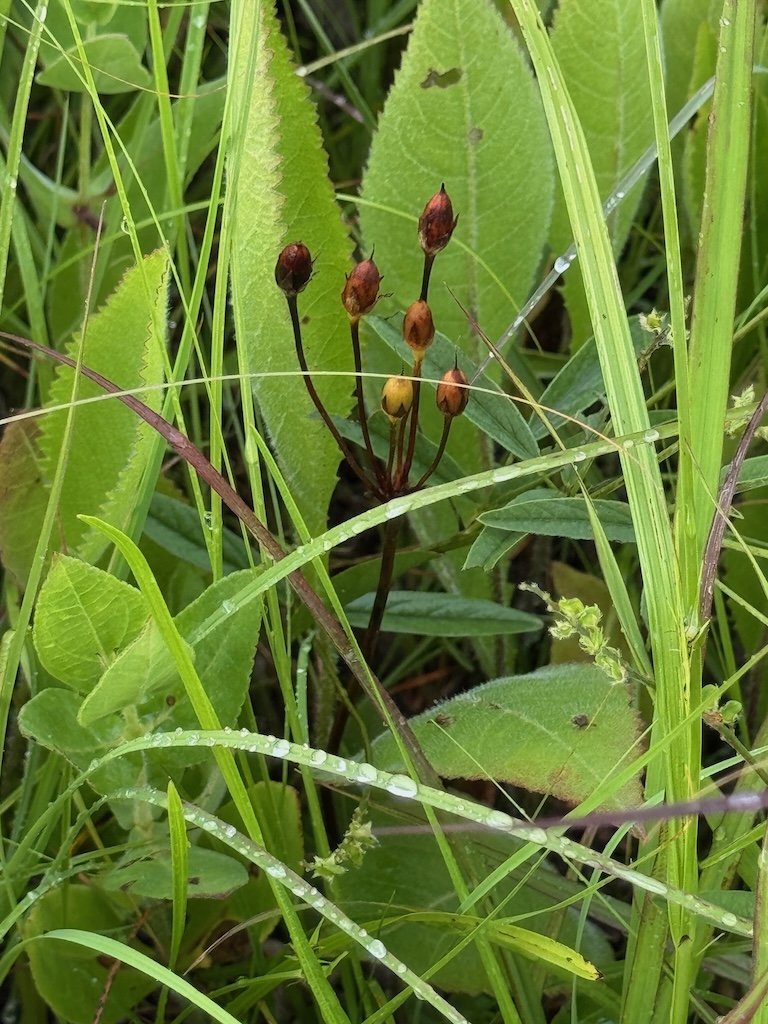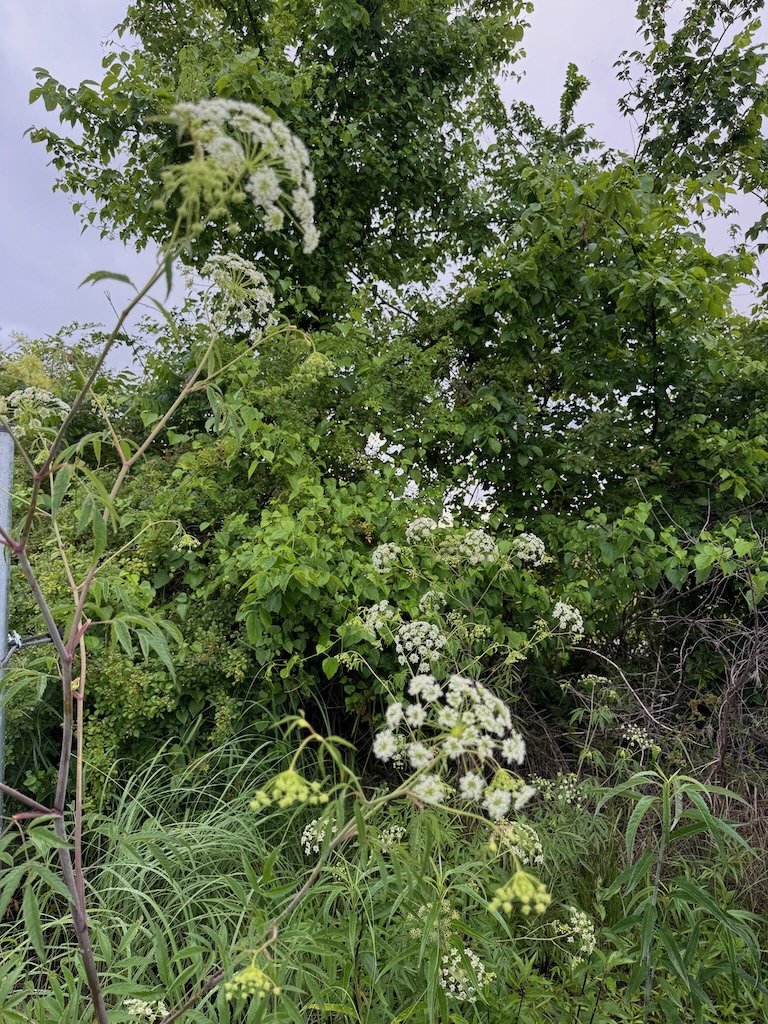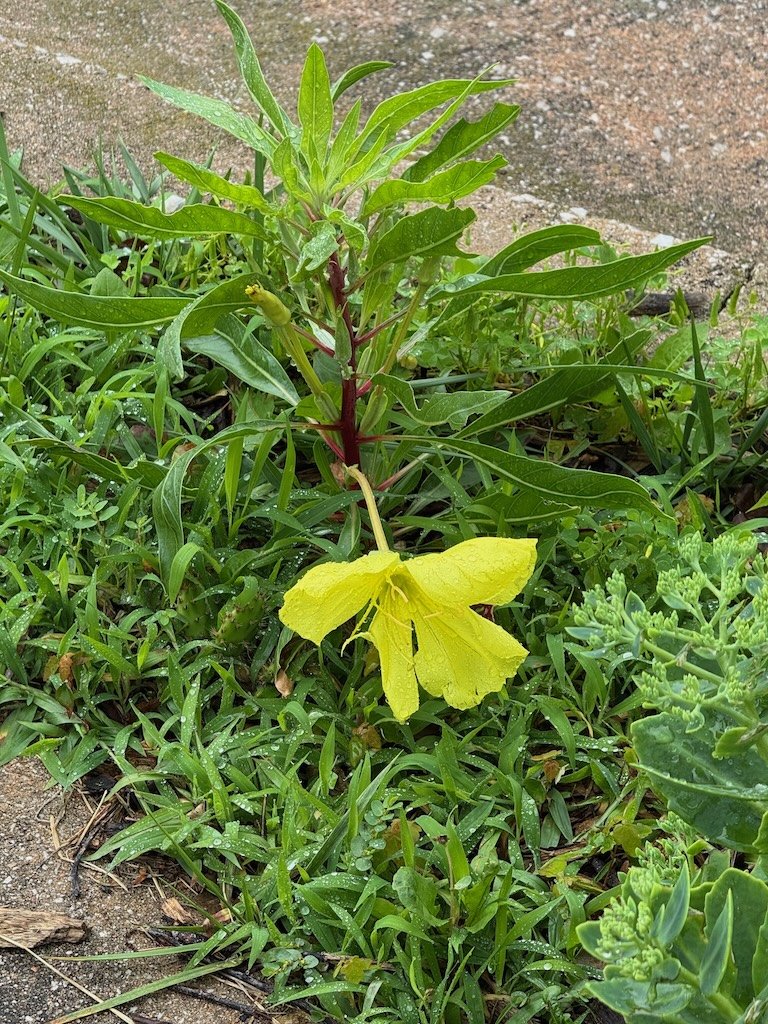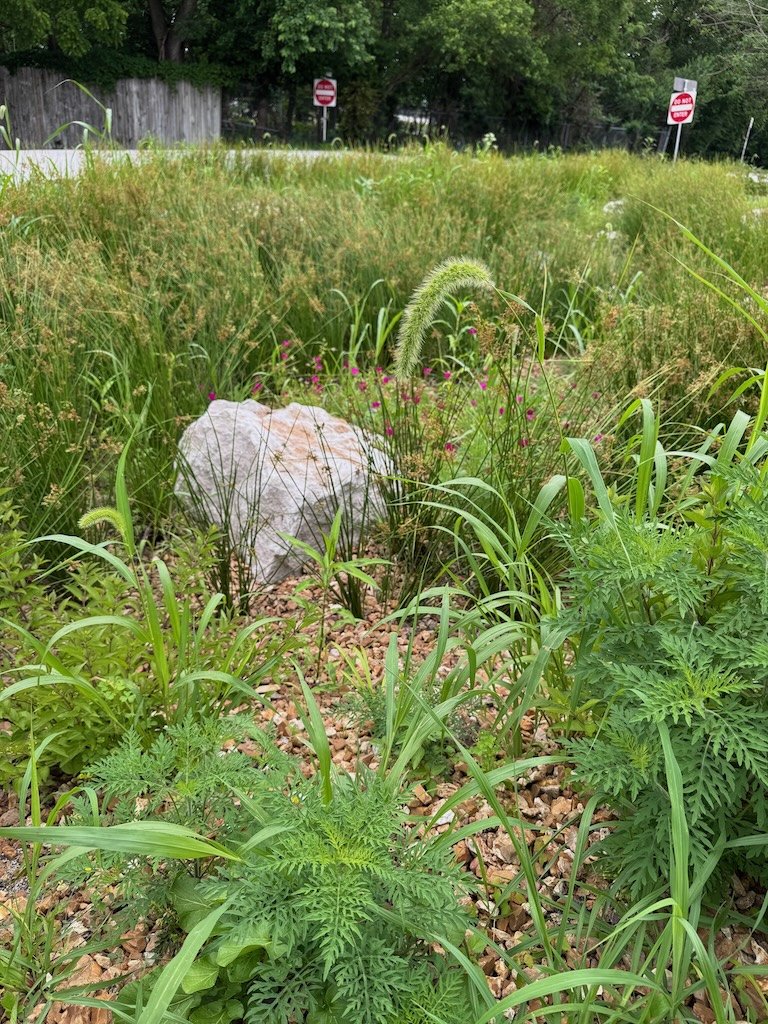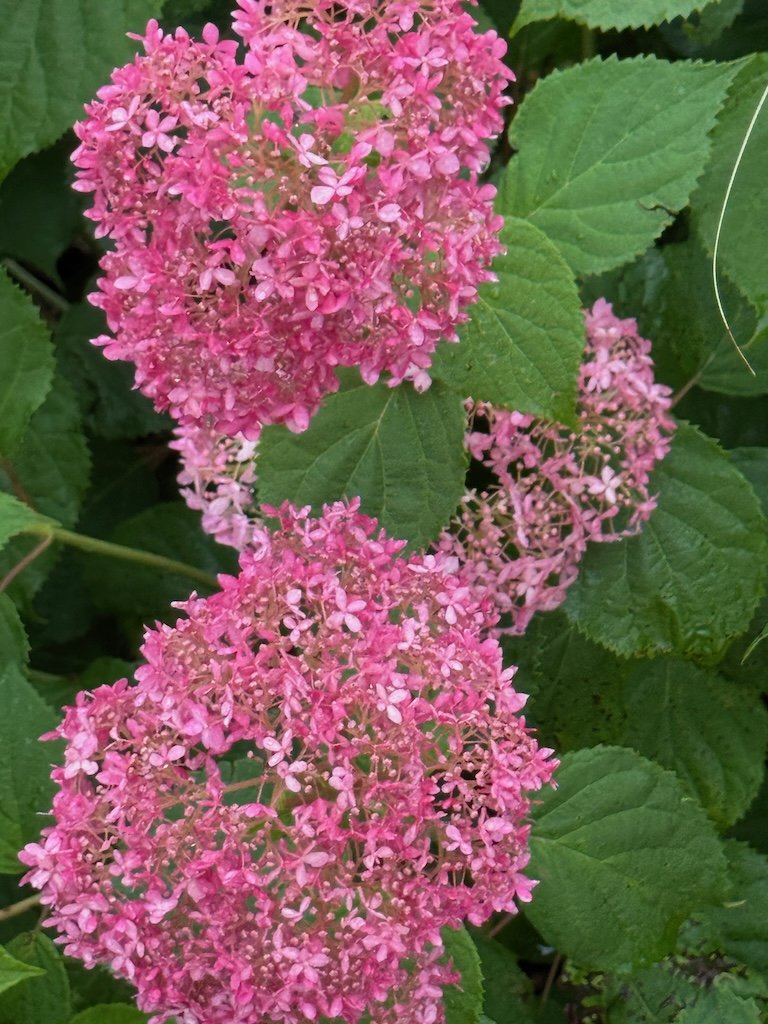Road Trip to Dallas in June 2025
/The first three hours of my drive to Texas in June was very different than I expected – it was foggy. I left shortly before sunrise and kept thinking the fog was burning off, but it wasn’t totally gone until about 9 AM and well into Oklahoma. There were two accidents that had happened along my route. The first was a semi that had driven off into the median leaving deep ruts. The truck was just sitting there with its lights on…no emergency vehicles yet. It occurred to me that even though I could see cars in front of me, the distance ahead I could see was shorter than usual and required more concentration because the reaction time was not as great. At least the truck did not cross the median into oncoming traffic. I saw the second accident being cleaned up just as the fog seemed to be clearing; maybe when it happened the fog was one of the factors. There were at least two very badly damaged cars and lots of emergency vehicles.
I still made it to my dad’s assisted living residence at the usual time – even though I felt a little more stressed because of the morning driving conditions. He had finished lunch, and we went outside to water the plants my sisters are maintaining in the backyard of the home. Many are the same as my parents had in their last house. Now that the temperature in Dallas in in the 90s most days, the plants need watering every day.
Back indoors we did some PT, made some loops around the largest room and worked on a puzzle.
The next morning, I was back early enough that he hadn’t eaten breakfast yet. We went outside to water the plants again – and enjoyed sitting out on the patio until it was almost time for breakfast. I worked on the puzzle while he ate….and we finished the puzzle after he joined me to work on it! He is always thrilled when we finish one. He doesn’t see well enough now that he does as much with the puzzles, but he seems very pleased to feel the completed puzzle…confirming that all the ‘holes’ have been filled.




























































